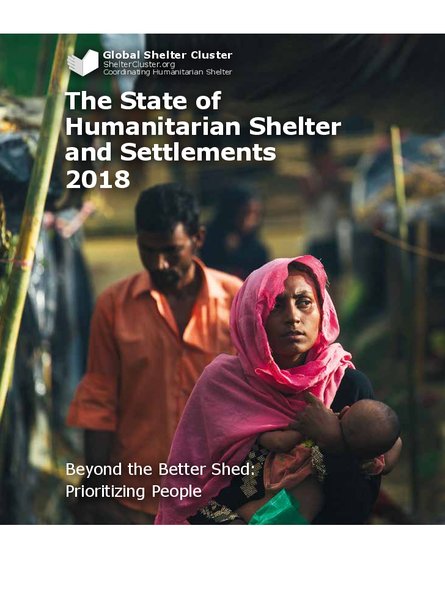
This report tells the story of the humanitarian shelter and settlements sector. Although meeting people’s needs for shelter and settlement has always been part and parcel of humanitarian work, only quite recently has it been formalised as a stand-alone sector, owing this recognition to the establishment of the ‘cluster approach’ in 2005. Following almost every disaster and crisis, shelter is regarded as a critical, life-saving need alongside, for instance, health and protection. But the problems, scope, practice and benefits of providing humanitarian shelter and settlement assistance are still, for those outside the sector, not well understood. This lack of understanding results in poorly integrated responses at best, and at worst in a significant gap in meeting an essential need of affected people, denying them a decent, healthy and suitable place to live.
Our aim with this publication is to raise the profile and provide a better understanding of the humanitarian shelter and settlements sector. We hope this report will be used by humanitarian policy makers, donors, governments, academics and senior managers of humanitarian agencies and institutions, to better prepare for and meet the shelter and settlement needs of populations affected by humanitarian crises.
In this report we paint a broad picture of humanitarian shelter and settlements. We set the general scene about the sector, its scope and effects; discuss major issues and links to other disciplines; and identify difficulties and gaps. We cover a wide array of topics, emphasising the complexity, relevance and foundational nature of shelter and settlements, providing the basis for future reports, which will focus on particular topics.
